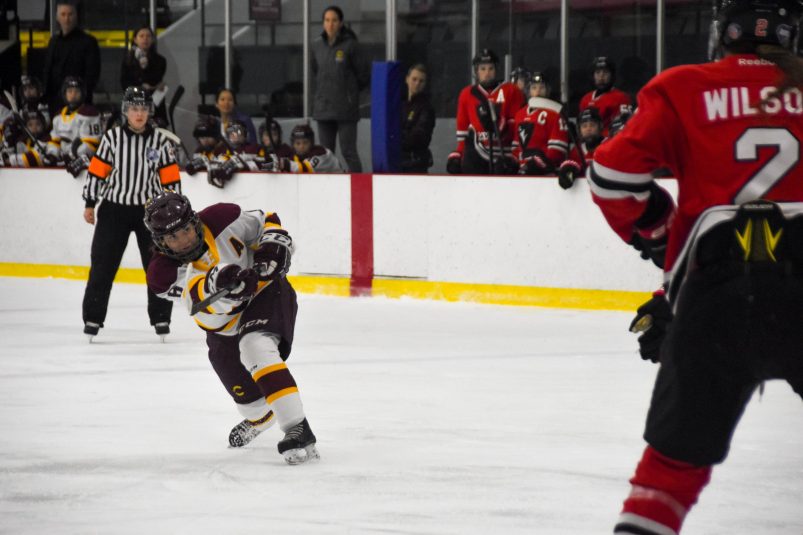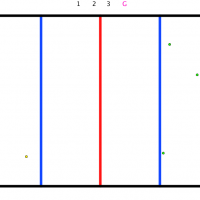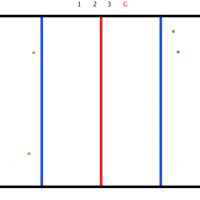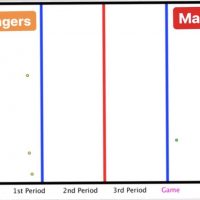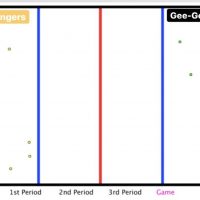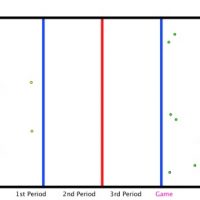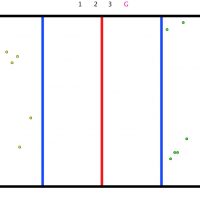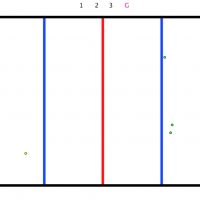What’s that famous saying?
“You miss 100 per cent of the shots you don’t take. – Wayne Gretzky”
– Michael Scott
Despite the obvious cliché, the best way to win hockey games is to get pucks on net. The Concordia Stingers women’s hockey team is currently the top-ranked team in U Sports, and one of the biggest reasons has been the team’s ability to generate high-quality shots, without sacrificing any defensive intensity.
In nine games so far this season, the team is averaging 34 shots per game, and have scored 30 goals. On the defensive side of the ice, they’ve only allowed 26.56 shots per game. While some teams play above expectations due to ballooned shooting percentages, the Stingers have a team shooting percentage of 9.8 per cent, an extremely sustainable rate. Their 3.33 goals per game is tied for first in all of U Sports. It’s not surprising that they’ve only been outshot twice all season, against the University of Ottawa on Nov. 17 and on Nov. 24 against McGill. The Stingers won both of those games.
This season, I’ve been tracking shots (for and against) for seven out of the team’s first nine games of the season (only games I’ve missed have been the ones where the team travels to Ottawa to play Carleton and U of O). As this team keeps playing games, patterns start emerging.
The big one being that the Stingers love to shoot in close. From the team’s 309 shots, 26.5 per cent have come from within five feet of the net. The team succeeds when it’s able to control the puck around the net, crash the crease and generate rebounds. In the team’s first game against McGill, the shots were scattered with no real concentration. On Nov. 10, the Stingers played Montreal, one of the top teams in the country. They managed to control play around the net, and that led to 15 shots from the crease, and the Stingers shutout the Carabins 4-0. Their only loss of the season, a 3-2 shootout loss to Carleton, was largely due to defensive lapses and a hot opposing goalie that made 45 saves.
“For us, the best areas to be able to score goals is net-front, within the dots, up to the top of the circles,” said head coach Julie Chu after her team’s weekly Wednesday skills practice. “I think that’s a really big emphasis for ourselves. To not only be an exterior team moving the puck, but we have to get to the net. And with the goalies we play against, they’re talented, so if we only stay on the exterior and only take shots from there, they’re easy saves. We’re focusing a lot on getting to the net and trying to create traffic and winning net-front battles as much as we can.”
With all of the talent that Chu has managed to recruit to the Stingers since becoming the team’s head coach in the summer of 2016, it shouldn’t be a surprise that they’ve emerged as the top team in the country, and were named the number one ranked team in U Sports for five weeks in a row at the time of publication. Players like Audrey Belzile, Rosalie Bégin-Cyr, Emmy Fecteau and Claudia Dubois have shown that they’re not only capable of generating high quality chances basically at will, but also spreading the offence to other players. Add high-end players like Olivia Atkinson, Marie-Pascale Bernier and Brigitte Lagnagniere, and you see why teams have struggled to slow down the Stingers.
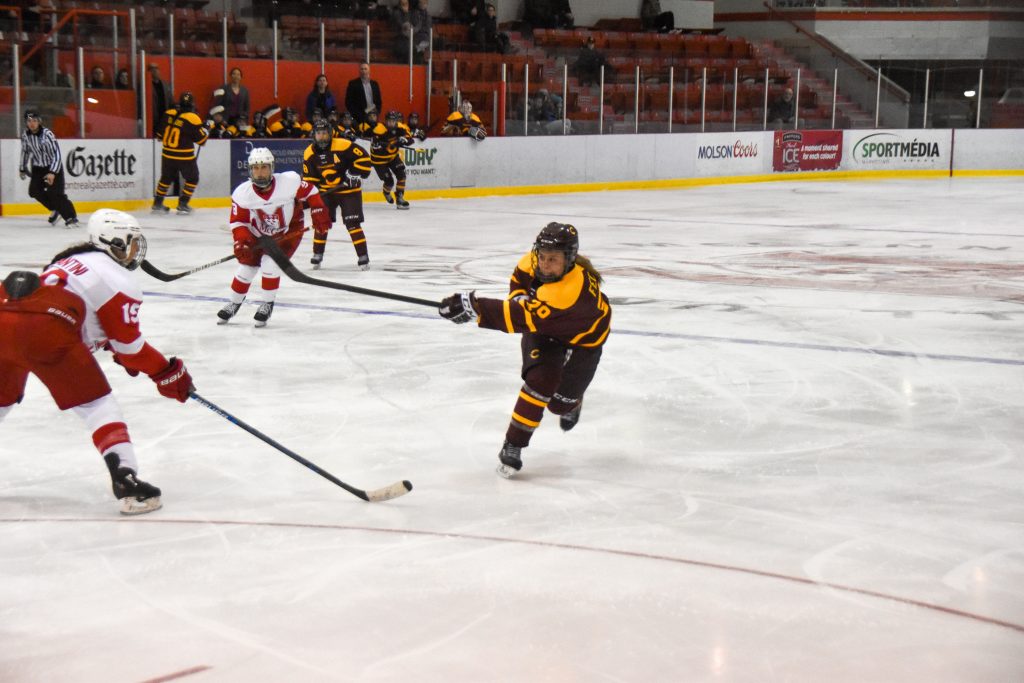
“What’s fun is that we have a lot of talented players with a lot of skill,” said Chu. “That increases our opportunities to be threats on the ice. When you only have one player that really has a tremendous shot, and the other [players] aren’t really threats, and you’re only trying to feed one person, it’s easy to eventually shut down attacks.”
With the most goals in the RSEQ so far this season, and peppering opposing goalies with endless high quality shots per game, they’re bound to tire any goalie out. It’s been their key to outlasting talented teams like McGill and Montreal. The Stingers are not only taking a lot of shots, but they’re managing to get the majority of those shots off in dangerous areas. Olympic pistol shooters and archers would be jealous of this kind of consistent placement.
On special teams, while the power-play struggled to start this season 一 only scoring four times on 37 power play chances 一 it’s improved as the season has gone on. Chu talked about how the team has been working on reading the play better and establishing that net-front presence that’s frustrated other RSEQ teams all year.
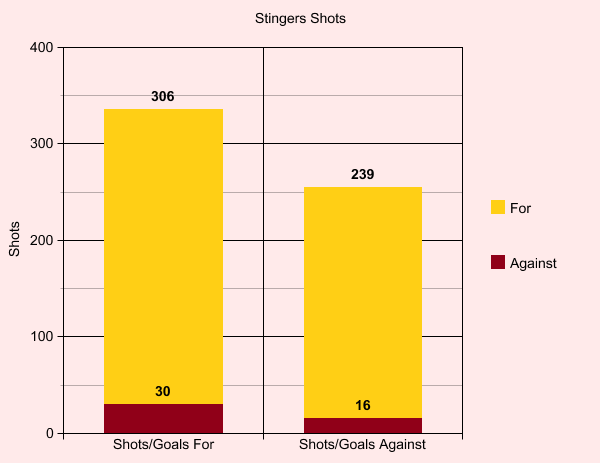
Looking at the scores, it would be easy to fixate on the Stingers offensive prowess, but they’ve been just as good on the defensive side of things. They’re the only team with a positive goal differential at +14. To see how good they are, just look at how they managed to shut out McGill and Montreal in back-to-back games. Goalie Alice Philbert has been a massive part of this success, but suppressing high-quality shots has become the Stinger M.O. lately. For Chu, all of that starts at the offensive end of the ice.
“When we have a good forecheck, the ability for the transition of the opposing team becomes less,” said Chu. “Or we might have extra numbers back, so they don’t have the ability to attack and get more 3-on-2’s. I think our forecheck has been really good, which is our first line of slowing down the offence of the opposing team. Secondly, in [our] zone, we work a lot on our defensive zone coverage, and we were just trying to find ways to smartly pressure.Being good with our sticks, being great with contact, those are going to help us hopefully keep our opponents to the exterior.”
Despite the team’s hot start to the season, Chu still says that there are “lots of different aspects” that she wants the team to focus on. Most of all, the team’s breakouts.
“The consistency of our breakout is always something that’s huge,” said Chu. “In the same way that we say our forecheck 200-feet away from our net is really important in the defensive side of our game, our breakout is huge in our ability to create offense. Our ability to shut down the opponent, be able to turn the puck, make the right reads and get momentum and energy up the ice with numbers is really important.”
Photos by Cecilia Piga, graphics by Matthew Coyte
